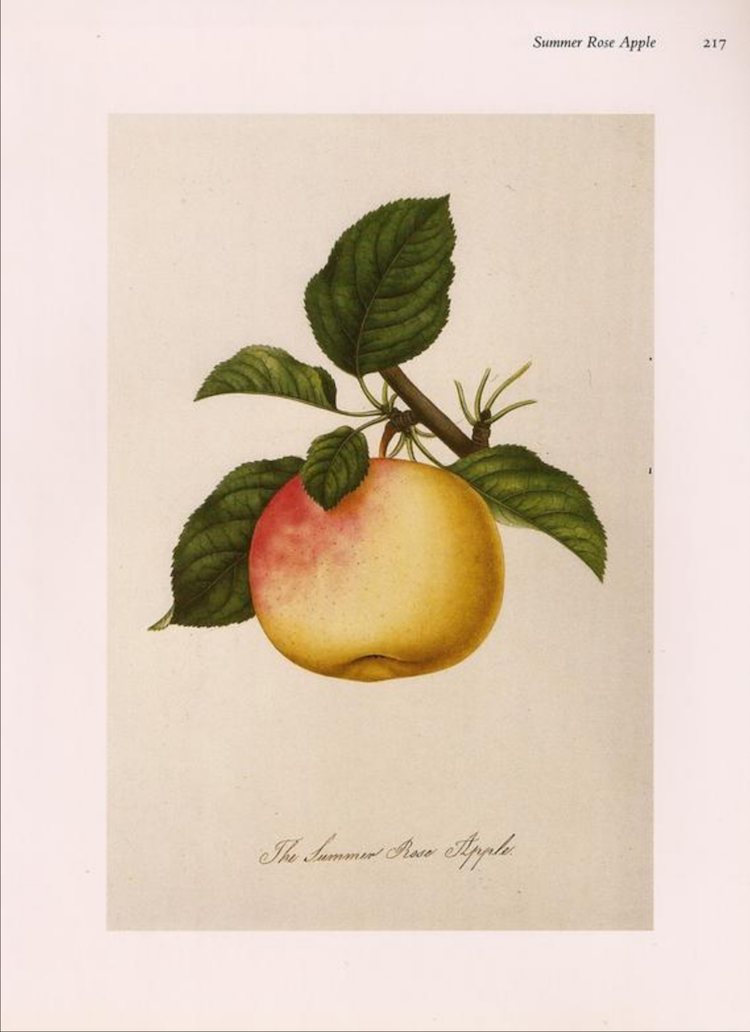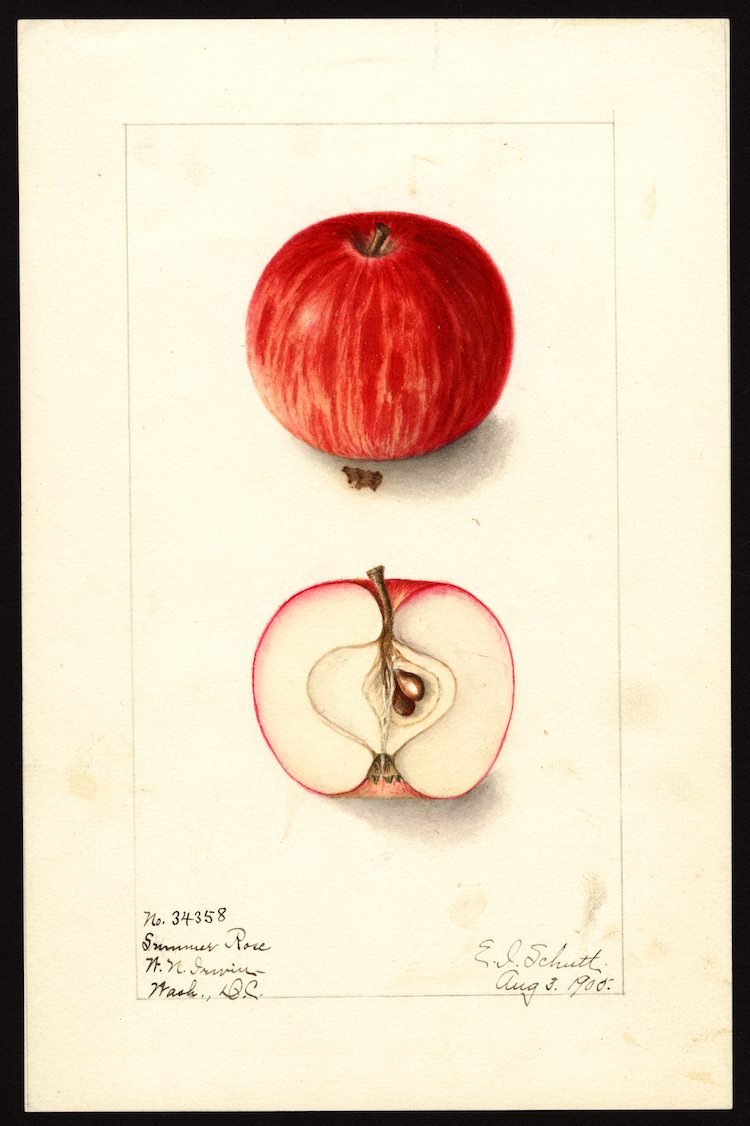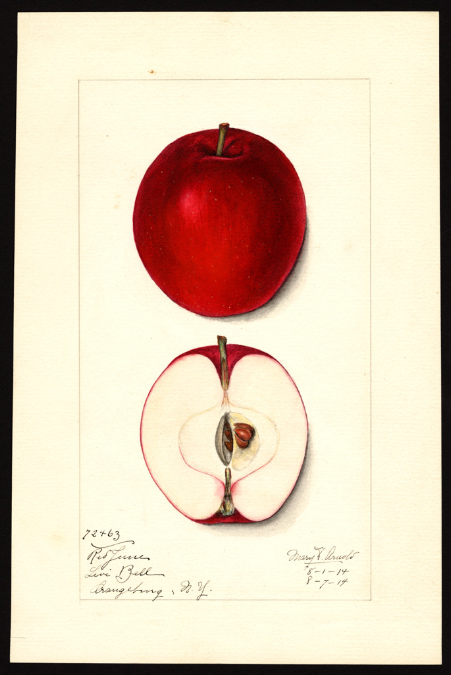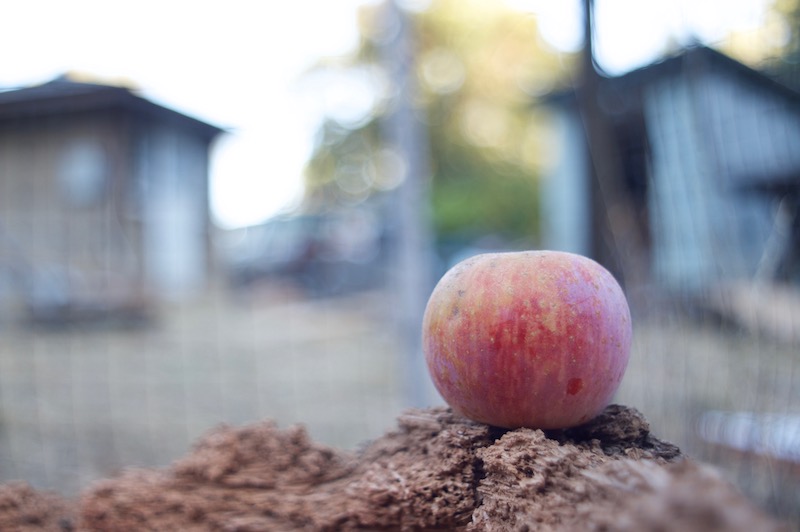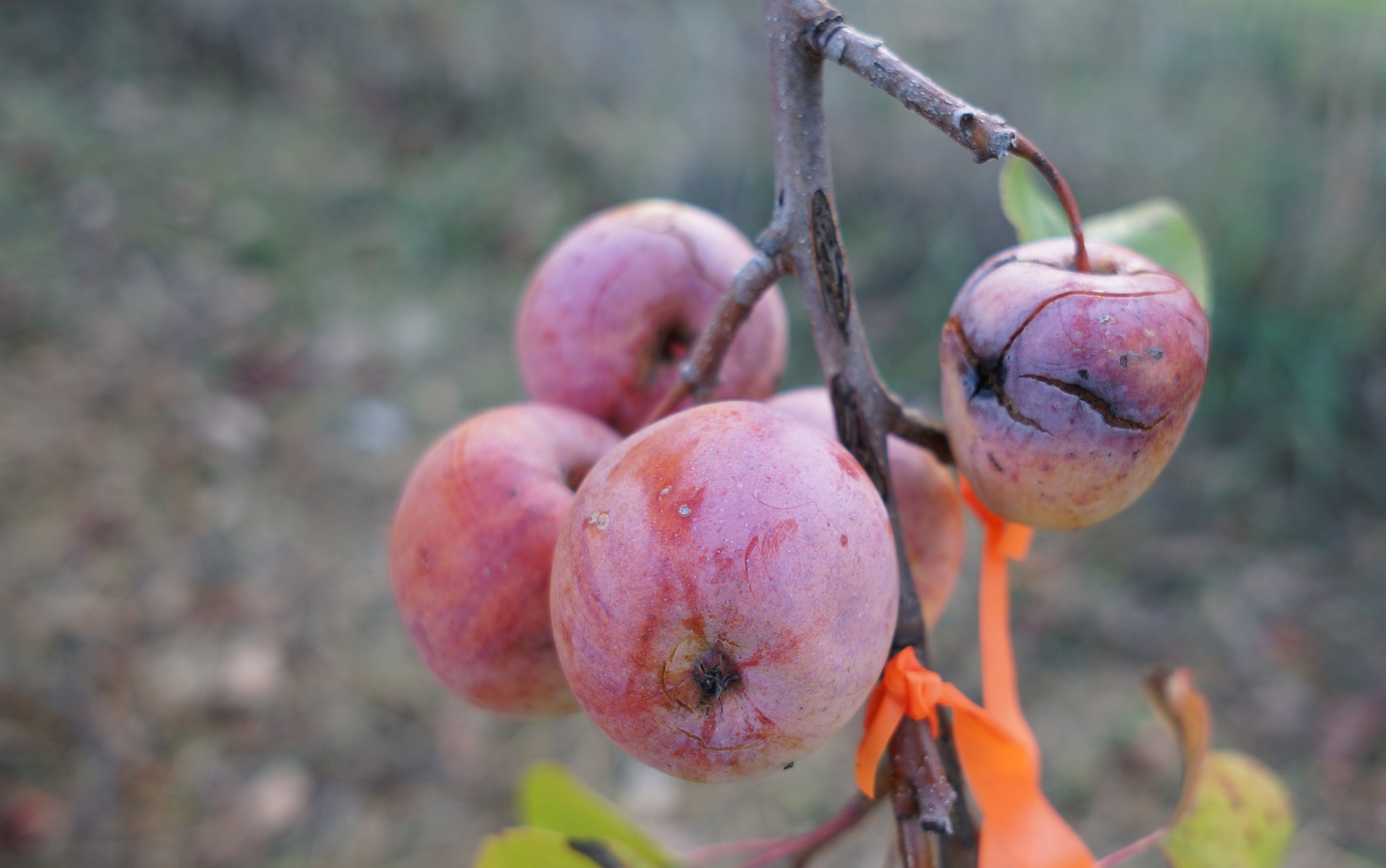#APPLERENAISANCE !
Onward we go into the adventure of apple seeding, breeding and selection. Those who prefer instant gratification and sure things are probably better off messing about with peaches, which will usually yield decent fruit with less variation from the parents. But, peaches don’t come in a jillion sizes, shapes, colors and flavors. You either get it or you don’t. If someone can read this article and not become excited about playing mad scientist mixing apple genes to see the results, they should go do whatever moves them. I’ve run into people that are doing the same thing I am. The apple renaissance is afoot! Not just the apple revival, but the renaissance. A new era in which the diversity and awesomeness possible in apples will be realized more than ever.
If I had to do it over, I’d do even more research than I did. I’d collect potential breeding parents more carefully, collecting and testing everything I could get with very intense flavor, especially fruit, pineapple, berry, cherry and almond. I’d collect as many allegedly great or super long keeping old school russets as possible and as many out-of-hand edible crabs as possible. I would also try to acquire more good red fleshed apples to work with. Albert Etter said something to the effect that breeding up new apples was as simple as breeding up good dairy stock, just start with the best herd you can. That means either trying out apples that someone else grew, or more likely growing them out yourself for assessment, a several year process, even when using dwarf stock or grafting onto established trees. Etter trialed about 500 apple varieties and thought most of them were not worth growing. By choosing the best of those to breed with, he said that he improved on the average of those 500 in the first generation.
I'm very interested in high quality crabs with high sugar or unique taste, truly amazing russets, better red fleshed dessert apples and extremely late hanging apples that are still crisp and solid on the tree after new years as well as being good eating. If they hang till March and are just okay eating, I'm still interested. Please contact me if you can help with any of those that are not already listed here.
I've been making tons of crosses this year. Below are some of the crosses and parents I've been using, though not necessarily in the order presented. I make up others as I go, like Coes Golden Drop x Muscat De Venus.
Becca’s crab w/ wickson, maypole, sweet 16, cherry cox, trailman, grenadine
Golden Russet w/ Ashmead’s, Egremont, Chestnut (most exciting, but can't make this one till next year), pendragon (red flesh, Welsh), Coe’s Golden Drop, Suntan, St. Edmund's Russet, Muscat de Venus, Roxbury russet (if I had it. I REALLY want to make this cross!)
Chestnut crab (if I had any blooms or pollen this year) w/ Golden Russet, , Muscat de Venus, St. Edmund’s Russet, Coe’s Golden Drop, Ashmead’s Kernel
Williams' Pride w/ Pink Parfait, Rubaiyat, Pendragon, Sunrise (early), Sweet 16
Cherry Cox w/ N. Spy, Vixen, Muscat de Venus, Sweet 16, Pink Lady, Becca's Crab, Pendragon, Maypole
Pink Parfait w/ Pendragon, Lady Williams, Williams' Pride, Pink Lady, My own seedling Grenadine x Lady Williams #11/12, and Pomo Sanel
Lady Williams w/ Pomo Sanel, Whitwick pippin, Allen’s Everlasting, Newtown Pippin
Sweet 16 w/ Vixen, William’s Pride, Cherry Cox, King David, etc...
Trailman w/ Becca’s, St. Edmund’s, Chestnut Crab, Maypole
Pomo Sanel w/ Goldrush, Lady Williams, Whitwick Pippin
THE FULL APPLE BREEDING PLAYLIST




